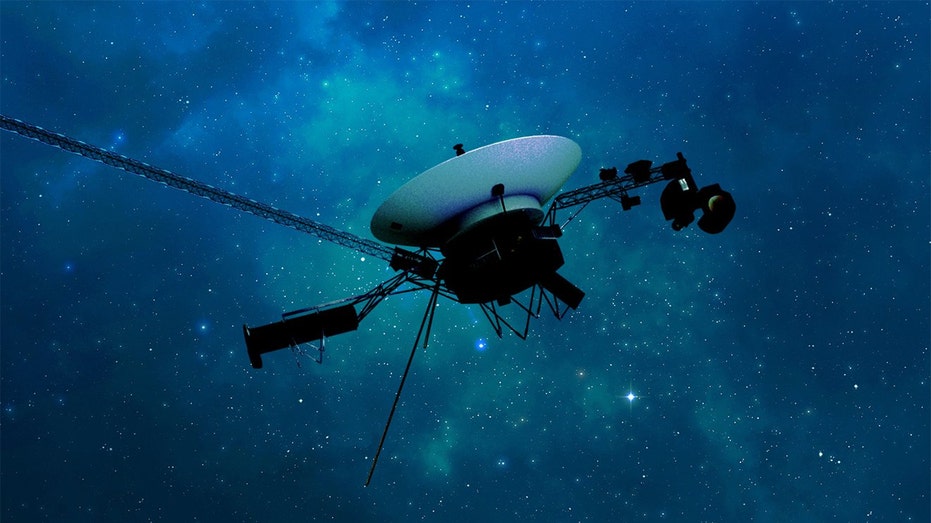NASA Restores Communication with Voyager 1 After Months of Silence in Interstellar Space

NASA Reestablishes Contact with Voyager 1 After Communication Gap
NASA has announced that contact with the historic Voyager 1 spacecraft has been successfully reestablished following a period of disrupted communication earlier this year. After a temporary pause in October, the spacecraft has resumed regular data transmissions and operational functions, marking a significant milestone in deep-space exploration.
Understanding the Communication Breakdown
In October, Voyager 1 unexpectedly switched off its primary radio transmitter, known as the X-band. Instead, it activated a much weaker S-band transmitter, a communication method that had not been used in over four decades. This switch was initiated automatically by the spacecraft’s fault protection system when a heater was turned on, which led to a reduction in power consumption. As a result, the mission team faced difficulties in retrieving scientific data and monitoring the spacecraft’s status due to the reduced communication bandwidth.
The Significance of the Transmitter Switch
The X-band transmitter is the main communication tool for Voyager 1, enabling high-rate data transfer essential for scientific analysis. The switch to the S-band, which operates at a lower power, temporarily hampered the ability to download critical information. At the time, Voyager 1 was located approximately 15.4 billion miles from Earth, making communication delays and data transmission challenges even more pronounced.
Recent Developments and Current Status
Earlier this month, NASA engineers managed to reactivate the X-band transmitter, restoring high-bandwidth communication with Voyager 1. This achievement allowed scientists to resume collecting data from the spacecraft’s four active science instruments, which study particles, plasma, and magnetic fields in interstellar space.
Now, engineers are working to complete remaining tasks to return Voyager 1 to its pre-issue operational state. One key step involves resetting the system that synchronizes the spacecraft’s three onboard computers, ensuring all systems operate harmoniously once again.
What Caused the Power Reduction?
The activation of the S-band was triggered by Voyager 1’s fault protection system, which automatically turned off non-essential systems to conserve power. This decision was made after the spacecraft’s heater was activated, prompting the system to assess the spacecraft’s power levels and prioritize critical functions. As a result, the X-band communication system was turned off, and the S-band was used temporarily, despite not having been employed since 1981.
Voyager 1’s Journey Through Space
Launched in 1977, Voyager 1 embarked on a pioneering journey through the outer planets of our solar system, alongside its twin, Voyager 2. The spacecraft provided stunning images and valuable data of Jupiter’s Great Red Spot and Saturn’s mesmerizing rings. Voyager 2 continued its mission to Uranus and Neptune, while Voyager 1 utilized Saturn’s gravity to slingshot past Pluto and venture into interstellar space.
Today, Voyager 1 carries 10 scientific instruments, with four actively studying the environment beyond our solar system. Its mission continues to provide invaluable insights into the particles, plasma, and magnetic fields that exist in this distant, uncharted region of space.
For more information about the Voyager missions and their scientific achievements, visit the NASA Voyager Mission Page.




